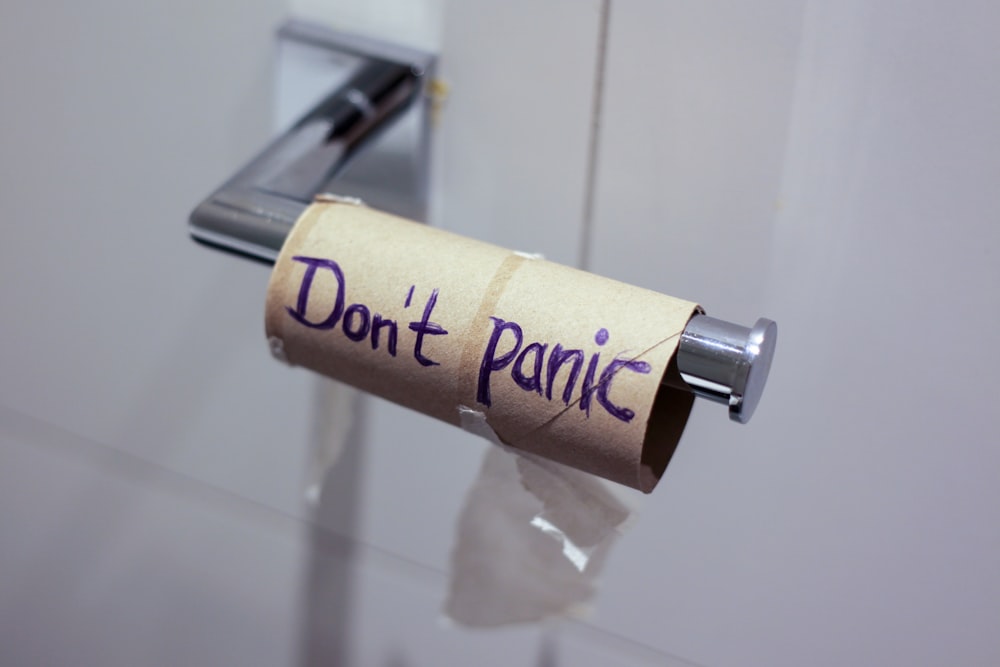You said “I think I’m like Tennessee Williams”
“City Middle,” The National
I wait for the click. I wait, but it doesn’t kick in
A refrain by my father throughout my childhood and into my adolescence has shaped how I try to live my life; it remains possibly the strongest impulse I have as an adult.
My father’s parenting philosophy was possibly as misguided as it was reflective of the essential problem with how adults interact with children and teens: “Do as I say, not as I do.”
As a child growing up in the rural crossroads of Enoree, South Carolina, I witnessed my father announcing his dictum, sitting in our living room with a glass of Crown Royal in one hand and a cigarette in the other.
By the time I was a teen, the scenes were often far more physical, occasionally ending with me on the floor as my father attempted to wrestle me into compliance.
A game of him demanding, “Don’t say another word,” and me replying, “Word,” as he tightening his hold on me against the faux-brick linoleum of a different living room floor.
Adulthood for me has included a career in education, where I have taught and coached, and I am a father and grandfather. I am routinely tested, then, by interacting with children and young adults—challenged not to give into the adult hypocrisy of my father, of nearly every adult I encounter.
When the now-former president of the University of South Carolina was exposed as having plagiarized the end of his graduation speech, I immediately thought of my father and adult hypocrisy, certain that little or nothing would come of the plagiarism by the head of an institution that routinely holds students to draconian expectations for plagiarism and academic honesty.
In this case—unlike many high-profile examples that include Joe Biden, Melania Trump, and Rand Paul—Bob Caslen resigned, but there appeared to be nothing to suggest he was going to be held accountable by the system. And honestly, little consequences will occur to Caslen’s power, wealth, or status.
The university-level equivalent of this for students would be if a student were caught plagiarizing and that student were allowed to drop the course without any academic penalty, continuing on with coursework from there.
In academia, however, plagiarism for students tends to result in an assignment zero, a course F, or expulsion. Caslen is experiencing nothing equivalent to these consequences for students.
Since I teach writing, primarily first-year and upper-level writing at the university level, I often write about plagiarism and citation because these aspect of academic writing are both essential and deeply problematic.
I have even referred to the citation/plagiarism trap since consequences for plagiarism and the gauntlet of citation in college scholarship are disproportionately elements of stress for both students and professors.
The tension for me as a teacher, scholar, and writer is that I recognize how academic honesty and the mechanics of citation serve a writer’s credibility even while citation formatting and style guides are unnecessarily complex and often arbitrary to the point of inanity.
When we are dealing with citation, I find myself telling students that I recognize that APA, for example, is often mind-numbingly complex and essential in academic contexts that require formal citation (students also write using hyperlinks as citation, which emphasizes the possibility of citing that is academically honest and not tedious and pedantic).
The harsh reality about adulthood is that accountability, despite all the grandstanding adults do about it, is heaped mostly upon the youngest, the weakest, and the most marginalized. People with status—Biden, Paul, Melania Trump, Caslen—breeze through life little troubled by the bar we set for children, teens, and young adults in formal schooling.
Especially for those of us charged with the care and education of children, teens, and young adults, we must lead by example; nothing is a worse lesson for young people than rhetoric that contradicts action.
If academic honesty and the proper attribution of other people’s words and ideas matter—and I think they do—certainly those standards must be higher for adults than children.
Otherwise, we are proving children right when they realize—as I did one day as a child standing in a smokey living room in Enoree, SC—that adult words are too often bullshit.
Despite all the jumbled mess that is the work and life of William Faulkner, I side with Addie from As I Lay Dying:
So I took Anse. And when I knew that I had Cash, I knew that living was terrible and that this was the answer to it. That was when I learned that words are no good; that words dont ever fit even what they are trying to say at.
As I Lay Dying (p. 171)
“Words are no good,” that is, when actions reveal that they are merely words that serve to ask more of some than of others.





